What is a central kitchen? Explaining the mechanism and cooking methods (chilled, refrigerated, frozen)!

Central kitchens are attracting attention as a way to reduce production efficiency and labor costs in restaurants.
This method has been widely introduced since the 1970s and is now used by many companies.
Not only major restaurant chains, but also small and medium-sized businesses and restaurants have introduced central kitchens, creating significant cost and time efficiency for companies.
It can be prepared in a variety of ways, including chilled, refrigerated, and frozen. In particular, frozen cooking has a high ability to maintain quality, so frozen cooking is often used. Many restaurants also keep frozen cooked meals in stock.
For restaurants and companies that have not yet installed a central kitchen and are considering it, installing a central kitchen can be beneficial for business expansion, such as increasing production efficiency and reducing wasteful costs.
This time, we will explain the mechanism and benefits of a central kitchen, and cooking methods (chilled, refrigerated, frozen).
目次
What is a central kitchen?
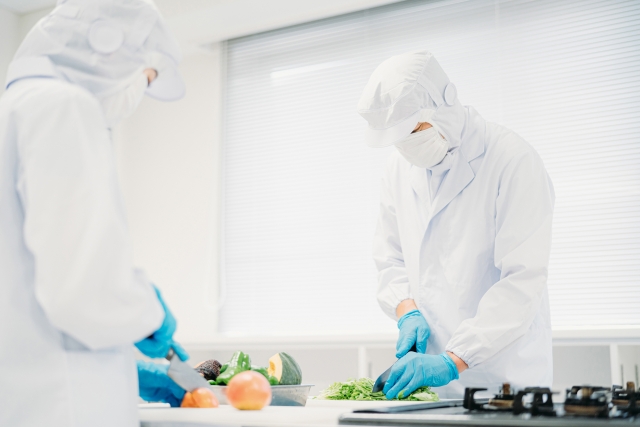
What exactly is a "central kitchen"?
There may be some people who don't understand what a central kitchen is, so I would like to start by briefly explaining what a central kitchen is.
A central kitchen refers to a `` large-scale kitchen'' set up to prepare meals to be served at multiple stores, facilities, and restaurants.
Rather than having to prepare cooking utensils and ingredients for each store at multiple stores, cooking is done all at once in a central kitchen and delivered to each store, reducing costs such as ingredients, cooking utensils, and labor costs. You can expect to improve efficiency and expand productivity.
A "central kitchen" can be said to be a more efficient method for companies that need to prepare meals for multiple locations, such as restaurants, hospitals, and school cafeterias.
About the difference between central kitchen and regular kitchen cooking
For restaurants that have not yet introduced a central kitchen, or for companies that are considering introducing a central kitchen, what you would like to know is what is the difference between a central kitchen and regular kitchen cooking. That's right.
By understanding the difference between central kitchen and regular kitchen cooking, you can clarify whether you should implement one or not.
The differences between central kitchens include the following:
Difference in scale
The main difference between a central kitchen and a regular kitchen is the difference in scale.
A regular kitchen is small enough to be used in one store, whereas a central kitchen is a large kitchen used to prepare large quantities of meals to serve multiple stores or facilities.
Therefore, a central kitchen is a method that increases efficiency when preparing meals on a larger scale, so it is not an advantage for restaurants with only one store.
Difference in purpose
The main difference between central kitchen cooking and regular kitchen cooking is the "difference in purpose."
While a typical kitchen is intended for serving meals in a store, a central kitchen can prepare large quantities of meals while maintaining consistent quality and taste for serving in multiple stores or facilities. It's a purpose.
In addition, central kitchens require stricter regulations in terms of cooking processes and hygiene management. On the other hand, a regular kitchen has the advantage of being more flexible, allowing for customization to suit individual tastes, and the ability to share tasks such as cooking and cleaning.
Therefore, the purpose of cooking is also a little different from usual.
How the central kitchen works
So, what exactly is the process of the central kitchen system?
We will explain in detail how the central kitchen works.
The work process and structure of the central kitchen is carried out as follows.
- Procurement of ingredients
- Preparing ingredients
- cooking
- Inspection/quality control
- Packaging/Delivery
Procurement of ingredients
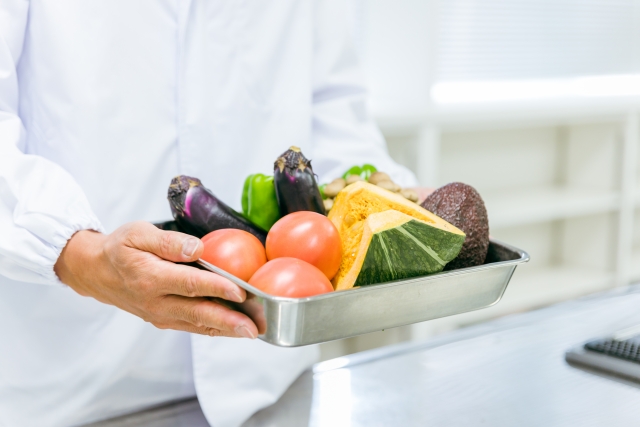
First of all, we will procure the ingredients to make the meal. Central kitchens require large quantities of ingredients to provide to numerous restaurants, hospitals, and facilities. Therefore, it is necessary to procure large quantities of the ingredients needed for meals. At this time, care must be taken to maintain the freshness and quality of the ingredients. Procurement is based on contracts with producers and wholesalers, and a stable supply of ingredients is achieved through direct transactions with producers.
Preparing ingredients
Next is preparing the ingredients. Before cooking ingredients, they need to be washed, cut, prepared, and seasoned. The appropriate process can be determined depending on the type and amount of ingredients.
Cooking (chilled/refrigerated/frozen)
Next is cooking. The cooking process varies depending on the purpose and menu of each facility, such as restaurants, hospitals, and schools. In order to efficiently prepare large amounts of food, it is necessary to optimize cooking equipment, cooking methods, and cooking times. We also take into account nutritional balance and consistency of taste.
Inspection/quality control
Next is inspection and quality control. After cooking, the food must be inspected and quality controlled. We conduct hygiene checks, quality checks on taste, appearance, nutritional balance, etc., and thoroughly manage the food to ensure there are no problems.
Packaging/Delivery
Next is packaging and shipping. Once the meals are cooked, they are packaged, labeled, and delivered to stores and facilities. It is important to properly control the temperature during transportation of food to maintain its freshness and quality.
We manage the processes described above efficiently and safely by allocating staff roles and optimizing equipment.
A central kitchen establishes a system that can produce a large number of meals at once while maintaining quality by seamlessly managing each process necessary for mass production.
Central kitchen cooking and delivery methods (chilled, refrigerated, frozen)
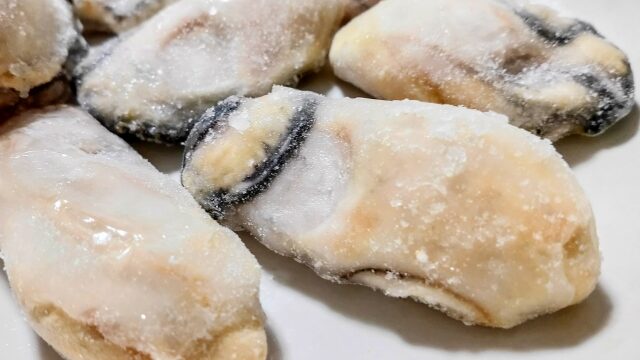
Currently, food is prepared and delivered in a variety of ways in the central kitchen.
For those who prepare food in a central kitchen, there are three common methods: chilled, refrigerated, and frozen.
Depending on the industry, some items may be delivered at room temperature instead of chilled, refrigerated, or frozen.
For example, industries that provide meals that are intended to be consumed on the same day, such as school lunches, boxed lunches, and catered meals, will be delivered cooked at room temperature.
However, the basic methods are chilled, refrigerated, and frozen, so I would like to explain in detail the three cooking and shipping methods.
Central Kitchen “Chilled cooking and delivery”
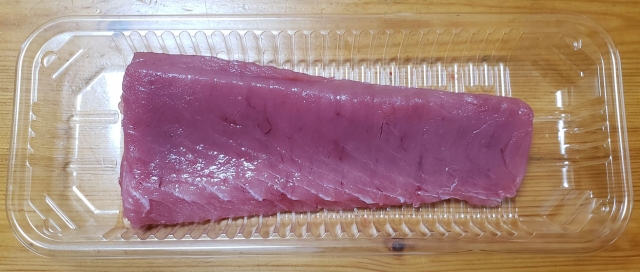
First, let's talk about "chilled cooking and delivery." Chilled food refers to a method of rapidly cooling food prepared in a central kitchen, storing it in a refrigerated state, and delivering it in chilled vehicles. Careful attention is paid to temperature control for chilled food, and the temperature inside chilled cars is always maintained at a constant level. In addition, food quality control is thorough, and we regularly check the expiration date and changes in quality of food to ensure that quality is maintained.
Chilled temperature control means that items are rapidly cooled in a temperature range of 0 to 3 degrees Celsius before being stored and delivered.
Central kitchen chilled delivery has been adopted to improve food quality control and delivery efficiency, and is used by many facilities and companies. Because they can provide safe and fresh food, they are highly trusted by users and are expected to become even more popular in the future.
Chilled benefits
The advantages of chilled cooking and delivery are as follows.
- Can be stored for 1 to 5 days under good sanitary conditions.
- There is no need to thaw, so there is no need to worry about freezer burn.
- Even the arrangement of food can be completed in the central kitchen, making the process of serving food even more efficient.
Disadvantages of chilled
The disadvantages of chilled cooking and delivery are as follows.
- Strict hygiene control and corresponding equipment are required in each process of cooking, storage, delivery, and serving.
Central Kitchen “Refrigerated cooking and delivery method”
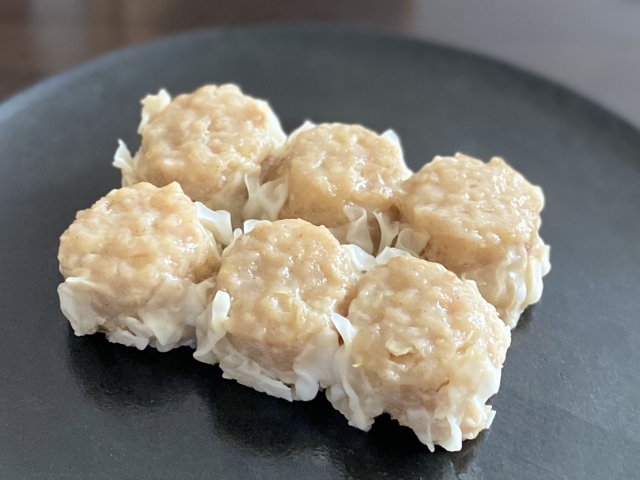
Next, let's talk about "refrigerated cooking and delivery." Refrigeration involves cooking large quantities of food, then rapidly cooling it and storing it in the refrigerator. The temperature inside the refrigerator is always kept constant and strictly controlled to maintain food quality. In addition, we regularly check food storage periods and changes in quality to ensure thorough quality control.
Temperature control through refrigeration involves rapid cooling at a temperature of 10°C or less before storage and delivery.
Refrigerated cooking and delivery is a method often used in kitchen trucks and restaurants.
Benefits of refrigeration
The advantages of refrigerated cooking and delivery include the following:
- No work such as unzipping is required
- Even the arrangement of food can be completed in the central kitchen, making the process of serving food even more efficient.
Disadvantages of refrigeration
The disadvantages of refrigerated cooking and delivery include the following:
- Food loss is likely to occur
- Shelf life is short
- Delivery frequency increases due to fewer production lots
Central Kitchen “Frozen cooking and delivery”

Next, let's talk about frozen cooking and delivery. Freezing can extend the shelf life of cooked foods by rapidly freezing them, allowing for efficient food management. Freezing preserves the nutritional value, taste, and texture of food. There are several types of food freezing methods in the central kitchen, including rapid freezing, tank freezing, and pack freezing. rapid freezing and tank-type freezing are often used to freeze large amounts of food at once, while pack-type freezing is often used to freeze only the required amount in small portions.
Advantages of freezing
The benefits of frozen cooking and shipping include the following:
- rapid freezing allows for long-term storage
- Freezing makes hygiene and quality control easier than other cooking methods.
- Easy to manage inventory
- By freezing, delivery is possible even if the area is far away.
Disadvantages of freezing
The disadvantages of frozen cooking and shipping include the following:
- The work of freezing and thawing increases.
- There are some difficult foods that cannot be frozen or are not suitable for freezing.
As mentioned above, there are various cooking and delivery methods in the central kitchen, each with their own advantages and disadvantages, so it is necessary to consider the cooking method depending on the food being handled, the location, and the strictness of hygiene quality control.
Advantages of central kitchen
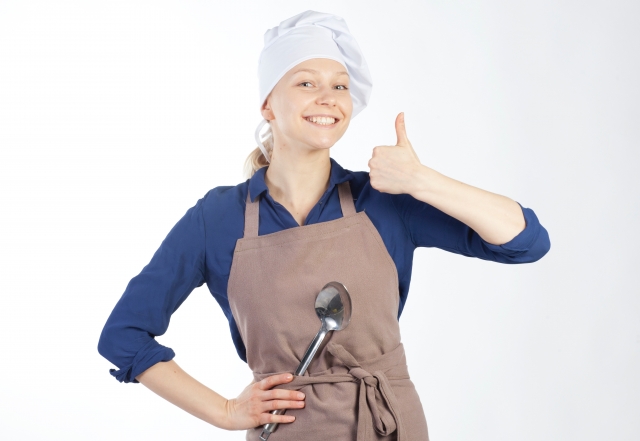
Now let's talk about the benefits of a central kitchen.
When implementing a central kitchen, there are the following benefits:
- Cost can be reduced
- Increased control over safety
- Menu can be diversified
- Eliminates imbalance in food quality
- Environmental impact is reduced
Central kitchen can reduce costs
The first advantage of a central kitchen is that it can reduce costs.
Central kitchens prepare large amounts of food at once, which can reduce labor and ingredient costs.
Centralized food management also helps keep track of inventory and reduces waste.
Central kitchens increase safety management
The next advantage of a central kitchen is that it improves safety management.
Food quality control and hygiene management can be performed centrally, reducing errors and making employee education and training more efficient.
Menu can be diversified
The next advantage of a central kitchen is that you can diversify your menu.
The central kitchen is able to offer a wide variety of menus because the cooking staff are professional.
Eliminates imbalance in food quality
The next advantage of a central kitchen is that it eliminates bias in the quality of food.
In the central kitchen, the food is prepared by professional cooks, so we can maintain a certain level of quality.
It is also advantageous because there are no differences in taste or quality depending on the cook who prepares the food.
Environmental impact is reduced
The next advantage of a central kitchen is that it eliminates bias in the quality of food.
By managing goods and food efficiently in the central kitchen, we can reduce waste, save energy, and reduce environmental impact.
Depending on the cooking method, such as freezing, it can be stored for a long time.
Central kitchens can store food for long periods of time depending on the cooking method, such as freezing.
Frozen delivery avoids food deterioration and reduces food waste, which also reduces costs.
Disadvantages of central kitchen
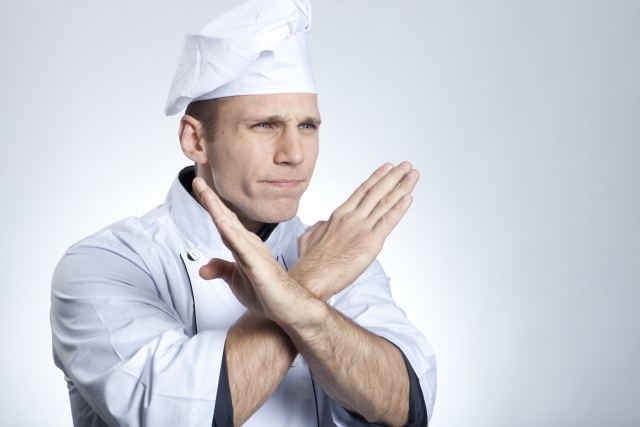
Next, let's talk about the disadvantages of a central kitchen.
The disadvantages of a central kitchen are as follows:
- It takes time to transport
- Difficult to create unique menus for each store
- Need to secure human resources
- It is costly to introduce
- Food loss is likely to occur
It takes time to transport
In a central kitchen, food is concentrated in one cooking location, so it takes time to transport the food to each location.
Therefore, food may deteriorate during transportation, which is a disadvantage.
Difficult to create unique menus for each store
Need to secure human resources
Central kitchens require staff to prepare food in large quantities.
Additionally, you will need a professional chef who has experience cooking with large amounts of ingredients, so if there is a shortage of human resources, you will have to secure one.
It is costly to introduce
In order to install a central kitchen, costs such as cooking utensils, equipment, and systems are required.
If you want to introduce one but cannot afford it, it is difficult to operate a central kitchen.
Food loss is likely to occur
Although central kitchens can prepare, store, and deliver large amounts of food at once, they have the disadvantage of being more prone to food waste.
Even if you can reduce costs, if you are not careful about food loss, you will end up increasing costs, so you need to be careful.
As mentioned above, there are some disadvantages, so be sure to understand them and consider them.
Conclusion
This time, we explained the mechanism, cooking and delivery methods, advantages, and disadvantages of central kitchens.
If you understand how a central kitchen works and use it effectively, there are many benefits such as production efficiency and cost reduction.
In addition, there are various delivery methods such as chilled, refrigerated, and frozen, so you can improve efficiency by choosing a cooking method that suits the situation.
If you are a restaurant, facility, hospital, or other company that is considering a central kitchen, why not take this opportunity to consider introducing one?








![[Storage period increased by 30 times! ] Achieving a stable supply of raw whitebait!](https://shunkashutou.com/wp-content/uploads/2016/11/579c55e6d32e1385c250e8e7c3ed59a71.jpg)
![[Sales increased 100 times! ] rapid freezing the signature menu “Ni-katsu sandwich”!](https://shunkashutou.com/wp-content/uploads/2016/11/IMG_02391.jpg)
![[Horse sashimi] We have significantly reduced waste loss with rapid freezer!](https://shunkashutou.com/wp-content/uploads/2016/11/5fda59d0cbcdabde18e58c3c58c09ed0.jpg)




![[Storage period increased from 3 days to half a year! ] Restaurants are expanding their business using wholesale and mail order!](https://shunkashutou.com/wp-content/uploads/2018/04/66c19942ab4ba346fdb64ccc04cde373.png)
![[Reduce loss from 200 kg of oysters to zero] Improve loss and expand business with rapid freezer](https://shunkashutou.com/wp-content/uploads/2018/06/19785ca583a8d3c4041c7c192d041b0d.jpg)














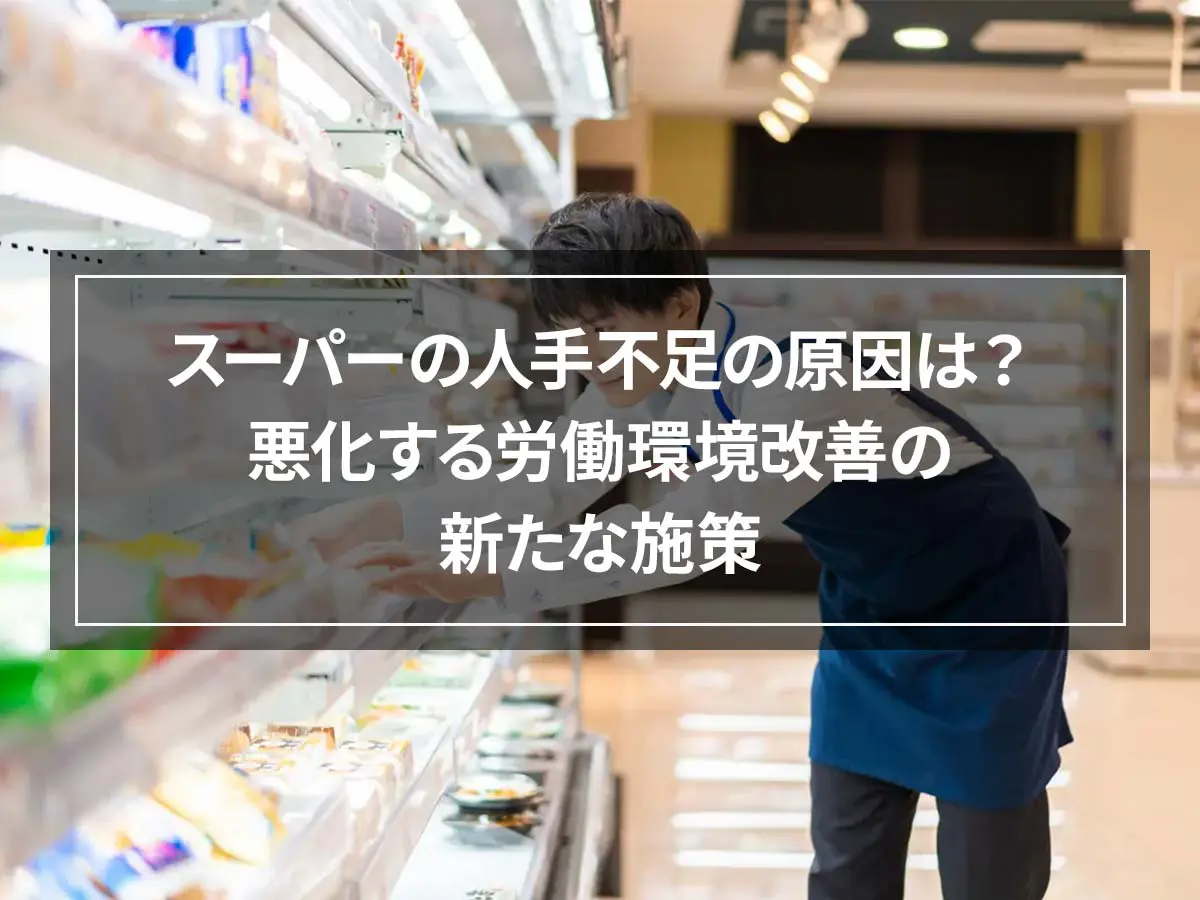
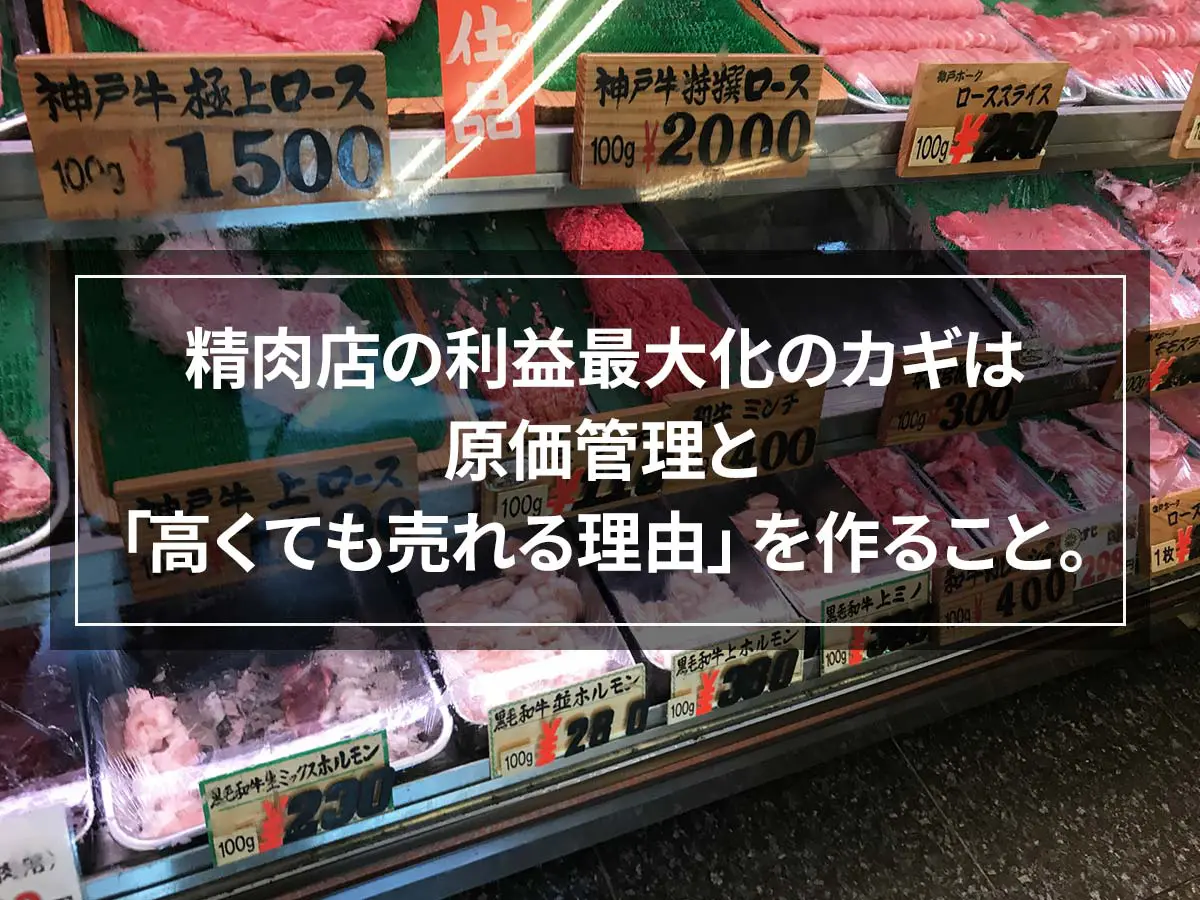
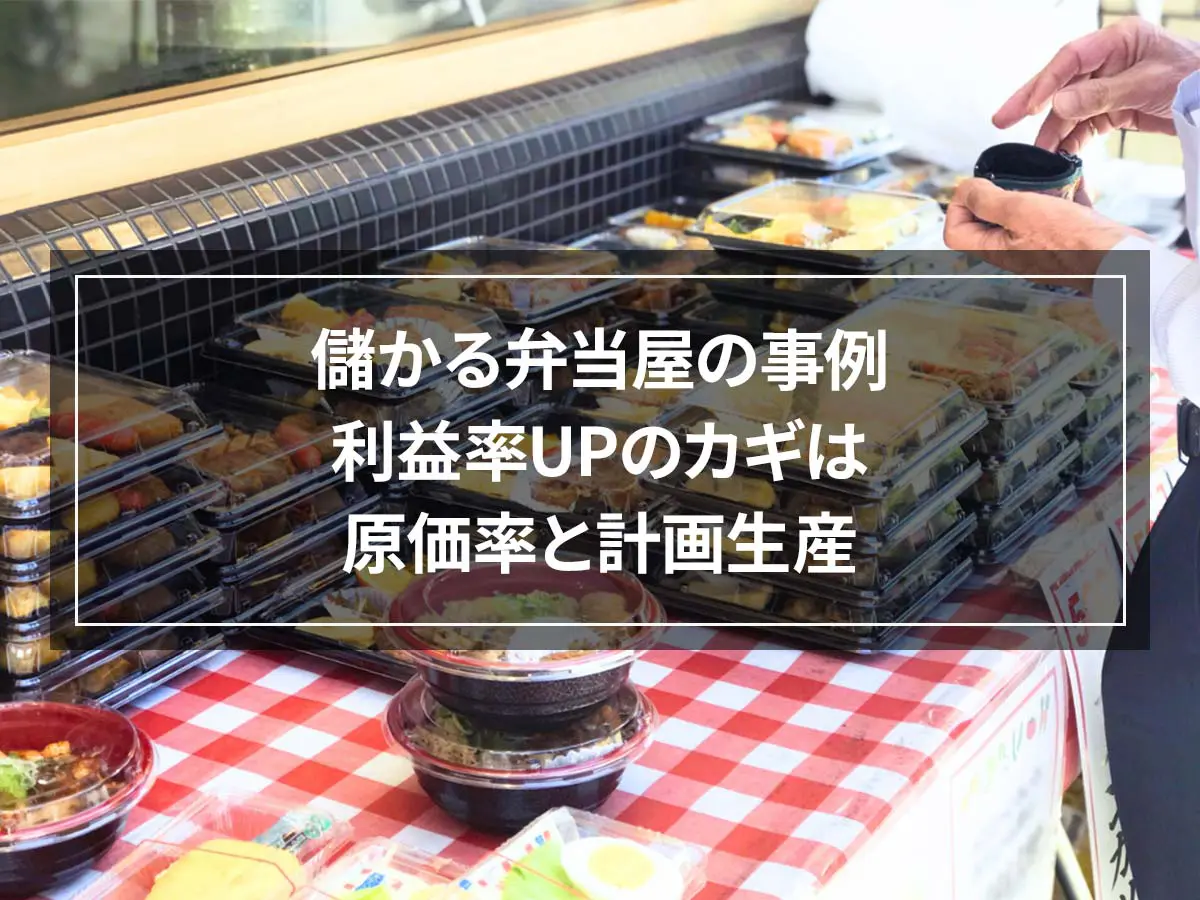
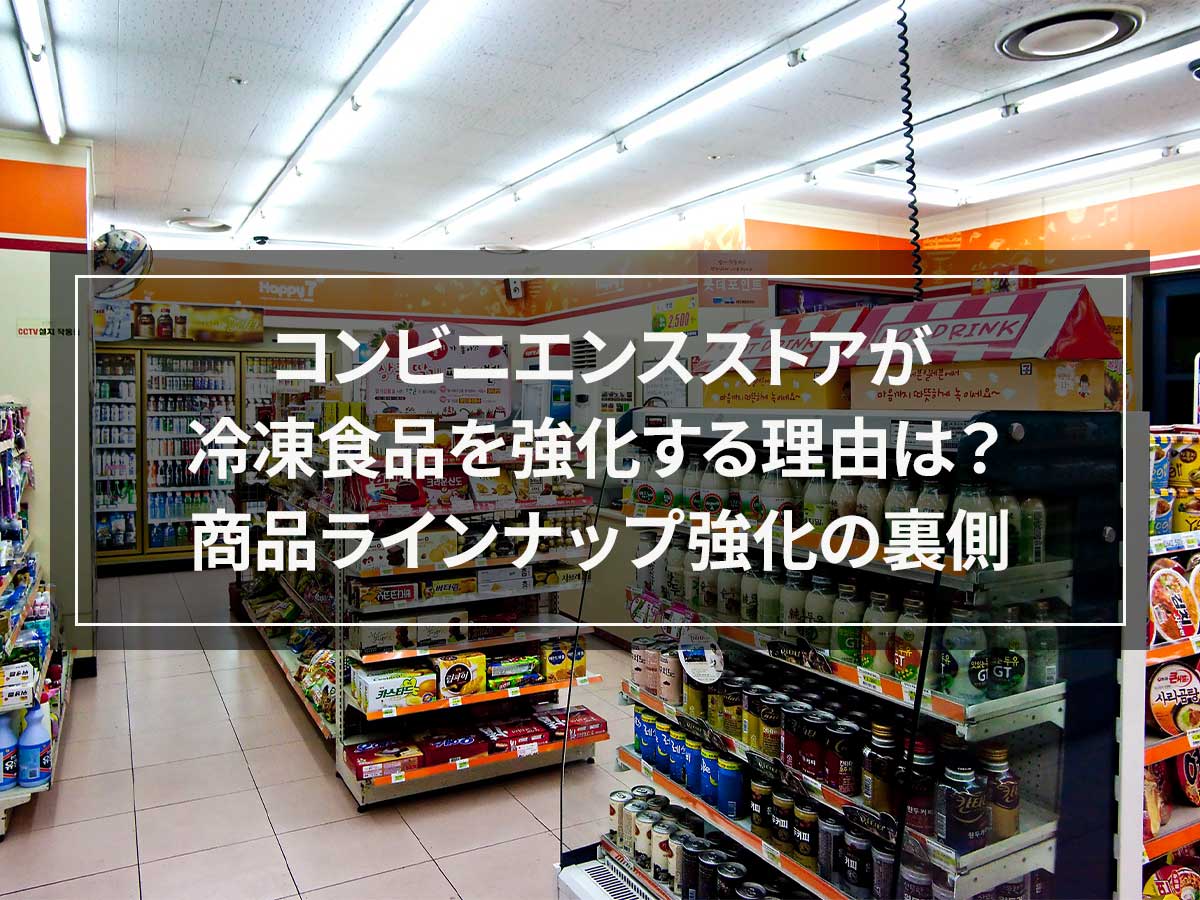

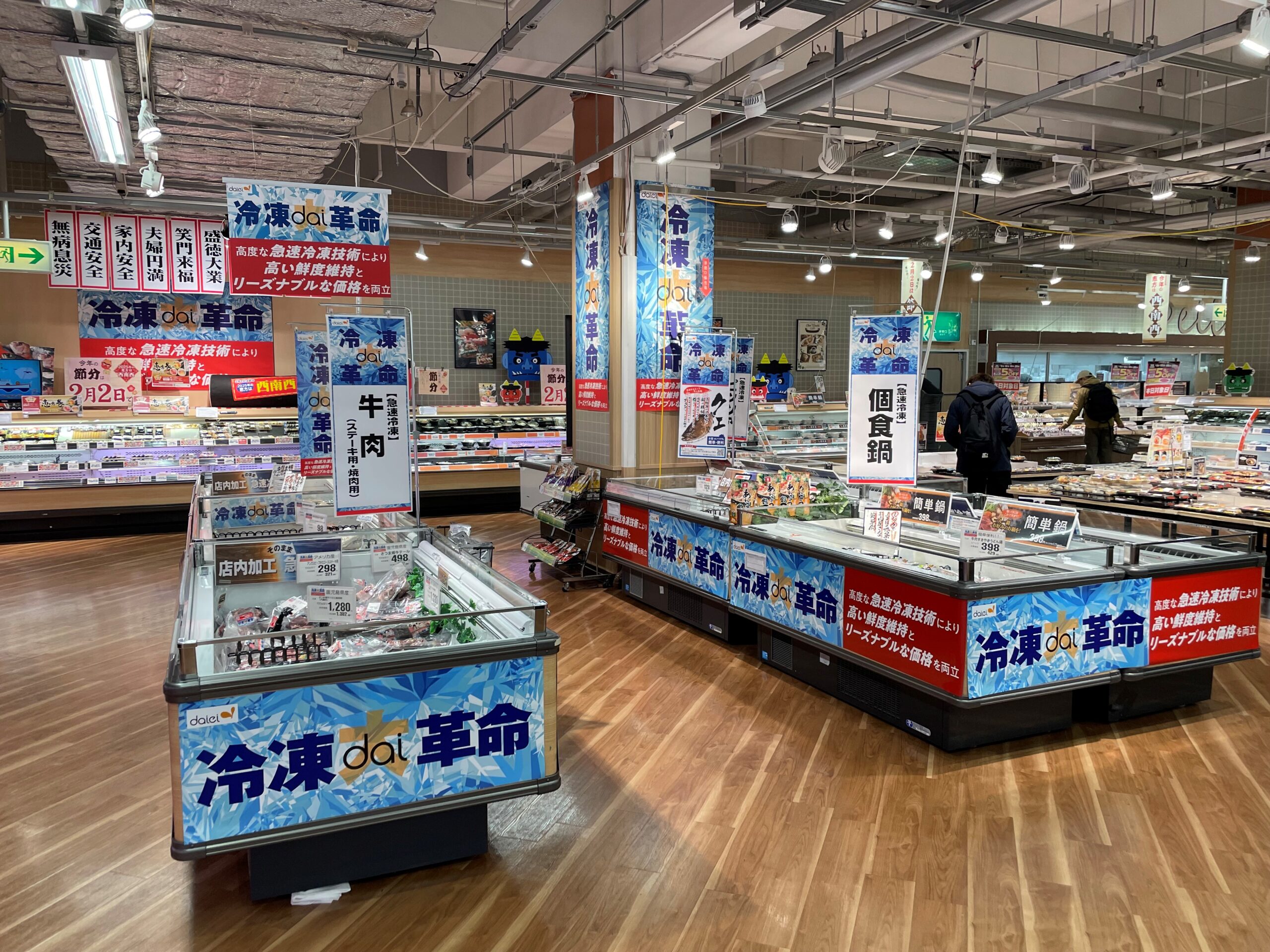
![[Solving issues in the retail industry] Liquid freezing machines that should be introduced in supermarkets](https://shunkashutou.com/wp-content/uploads/2024/10/60172f0f261fd750c4016165c3c56cc8.webp)
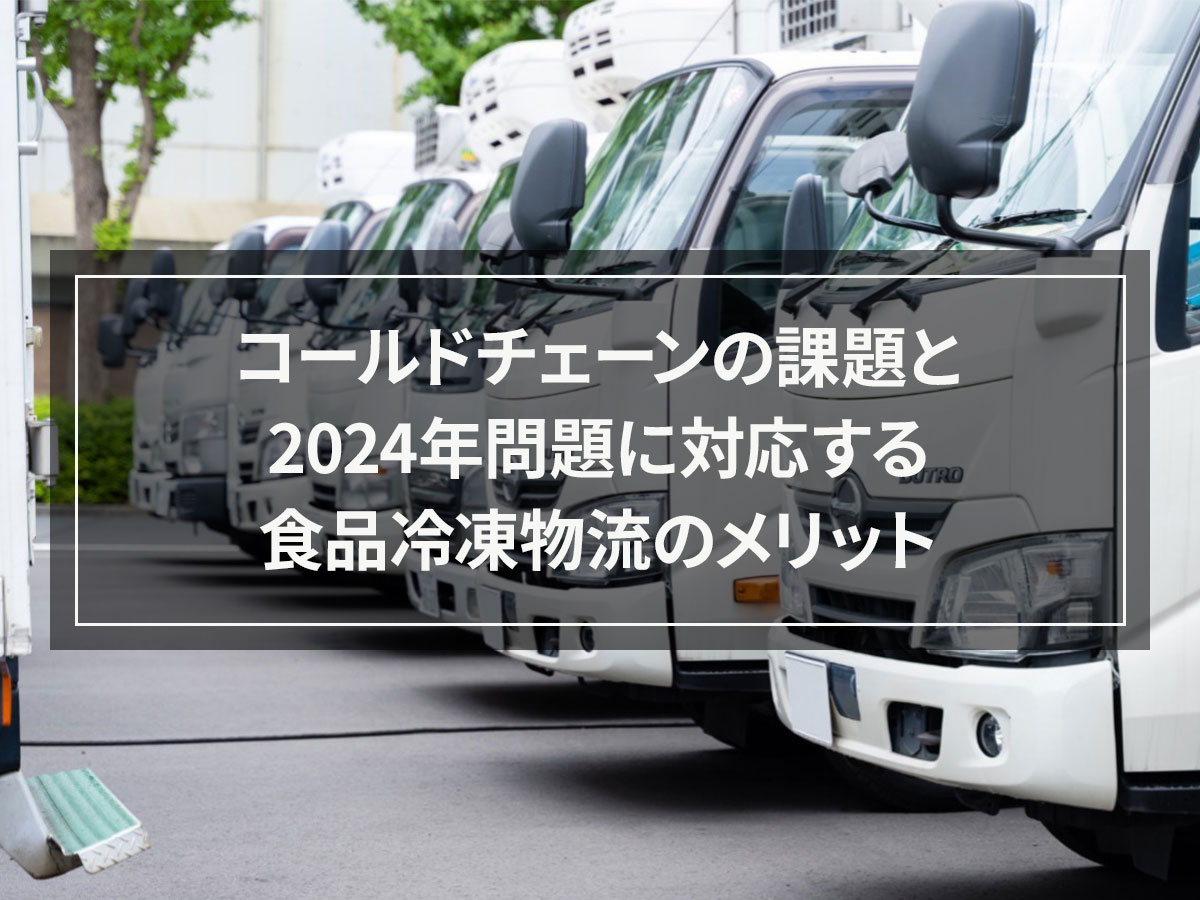


![[For the lunch box manufacturing industry] Business issues can be solved by using rapid freezing!](https://shunkashutou.com/wp-content/uploads/2024/04/f93f171f5d29bdb15c4b8d06e244b002.jpg)

![[Rapid freezers in 2021] Market Trends and Customer Success Stories](https://shunkashutou.com/wp-content/uploads/2020/12/7F9A9CB9-A494-4E6A-946E-079279C596E6.jpeg)
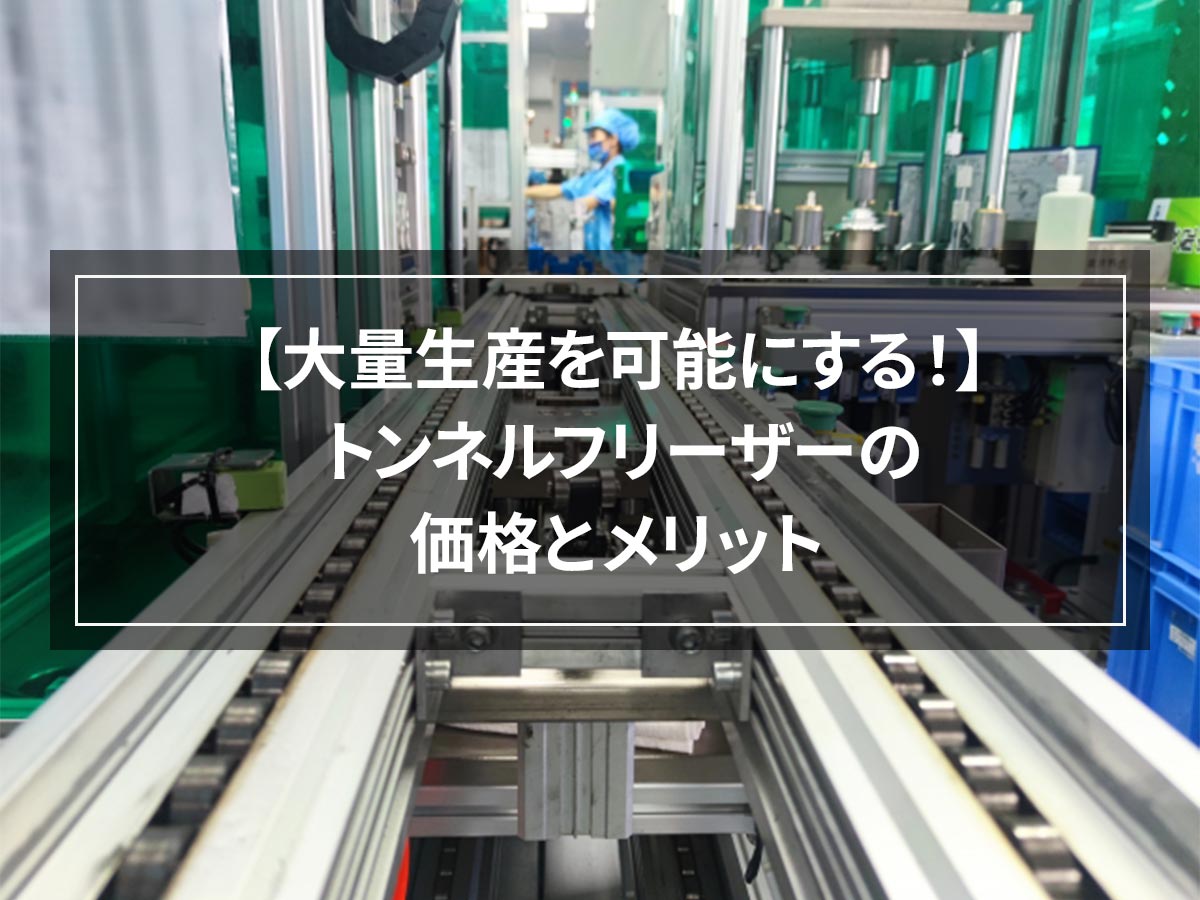
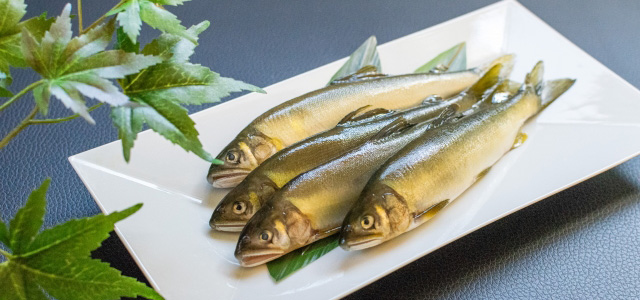
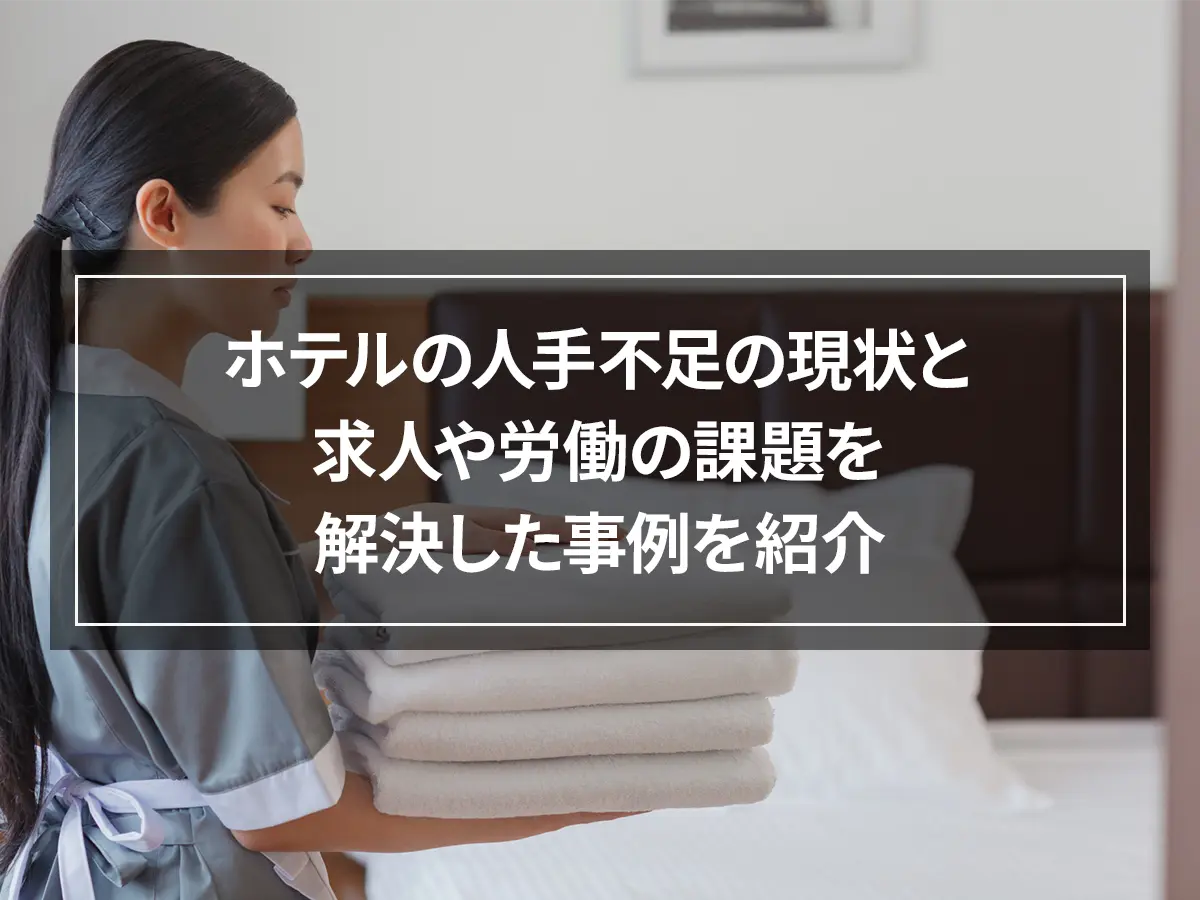
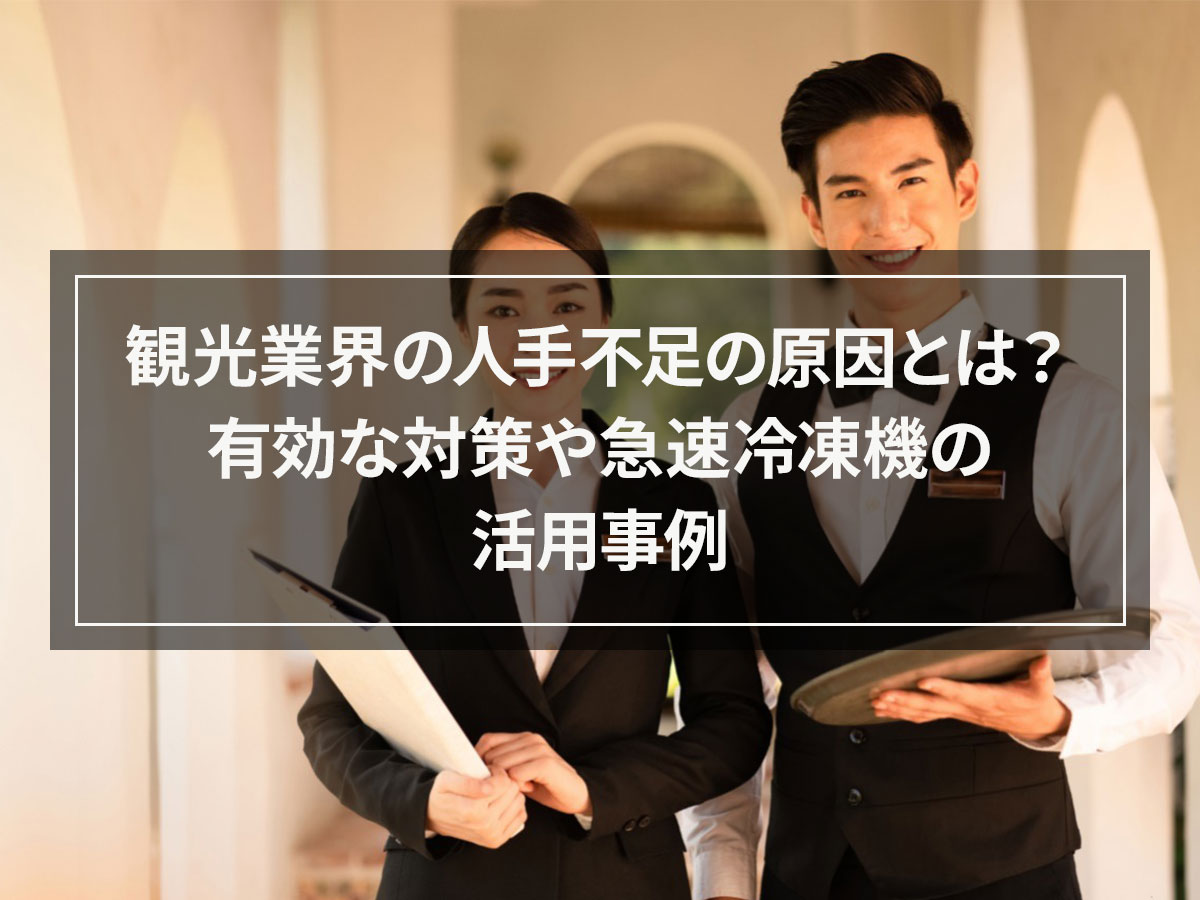
![[Restaurants/Restaurant] Advantages and success stories of introducing rapid freezer](https://shunkashutou.com/wp-content/uploads/2015/05/inshoku-article-eyecatch1.jpg)
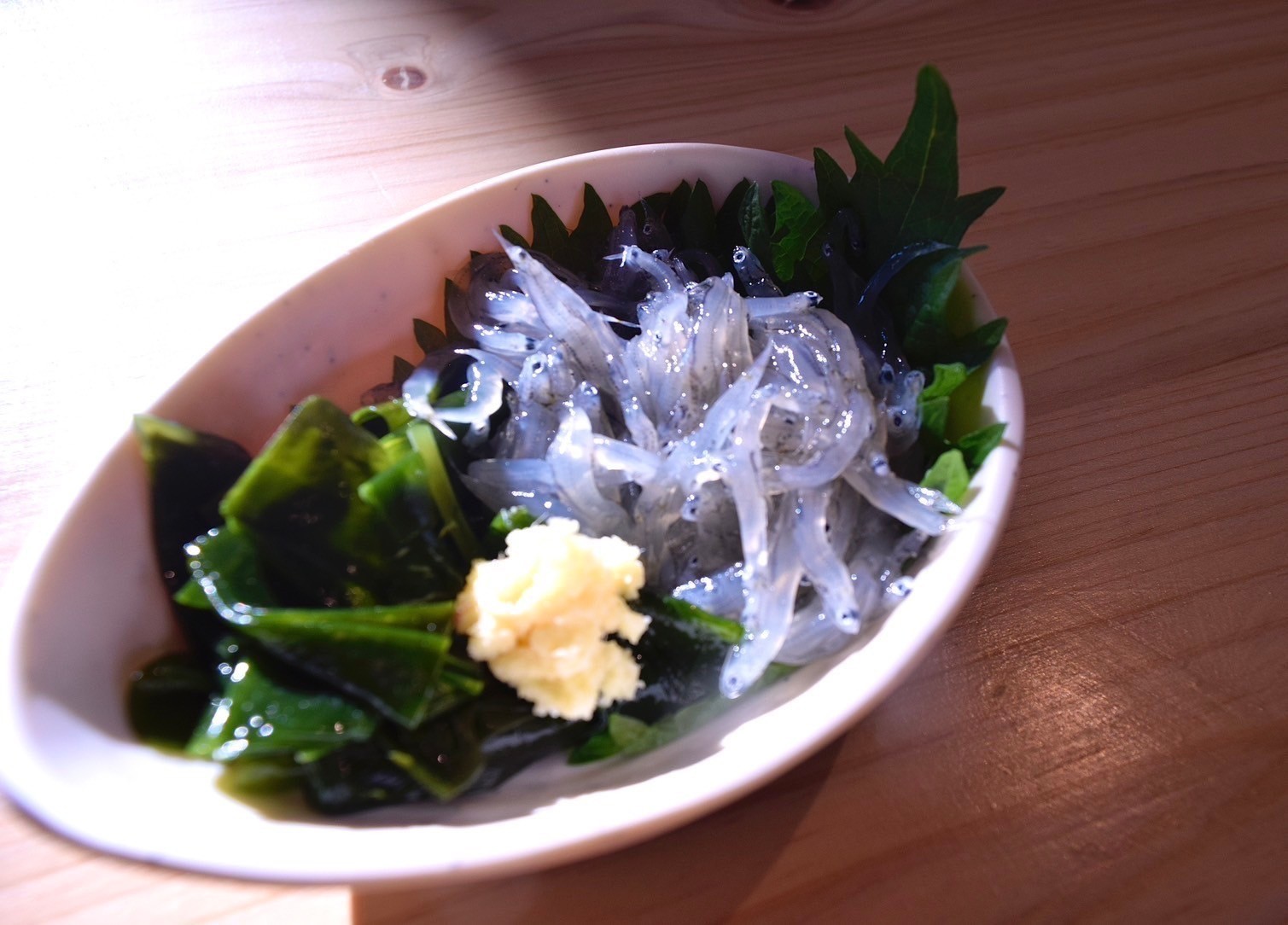

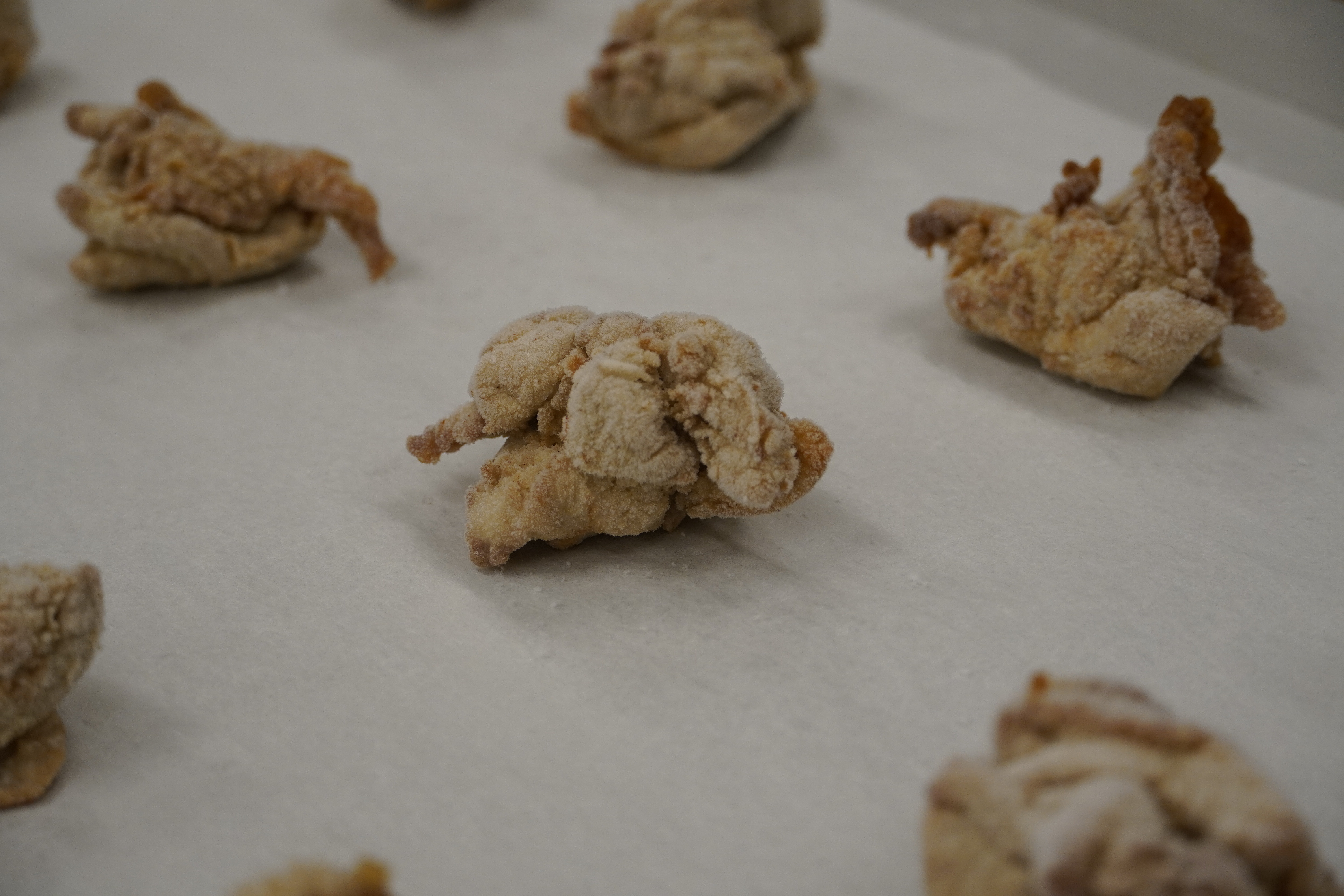
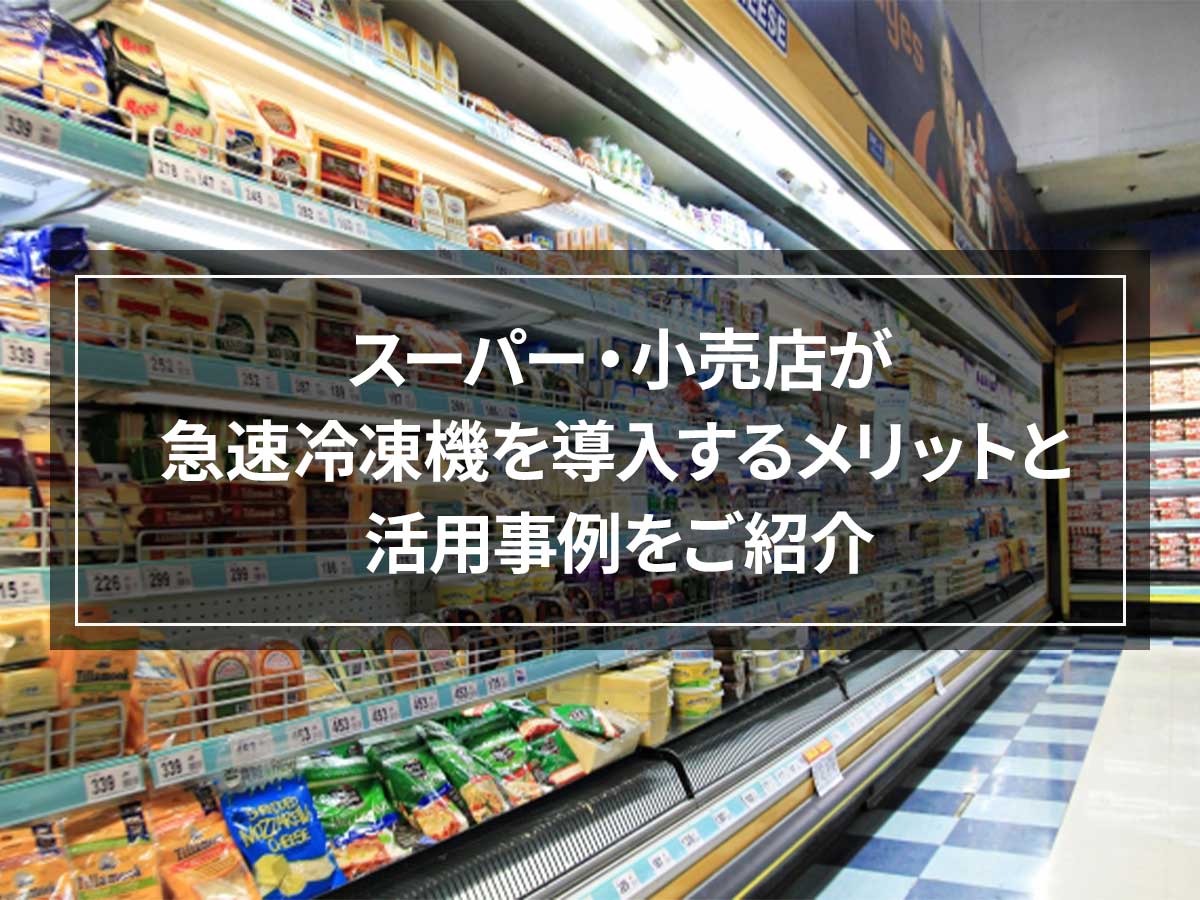
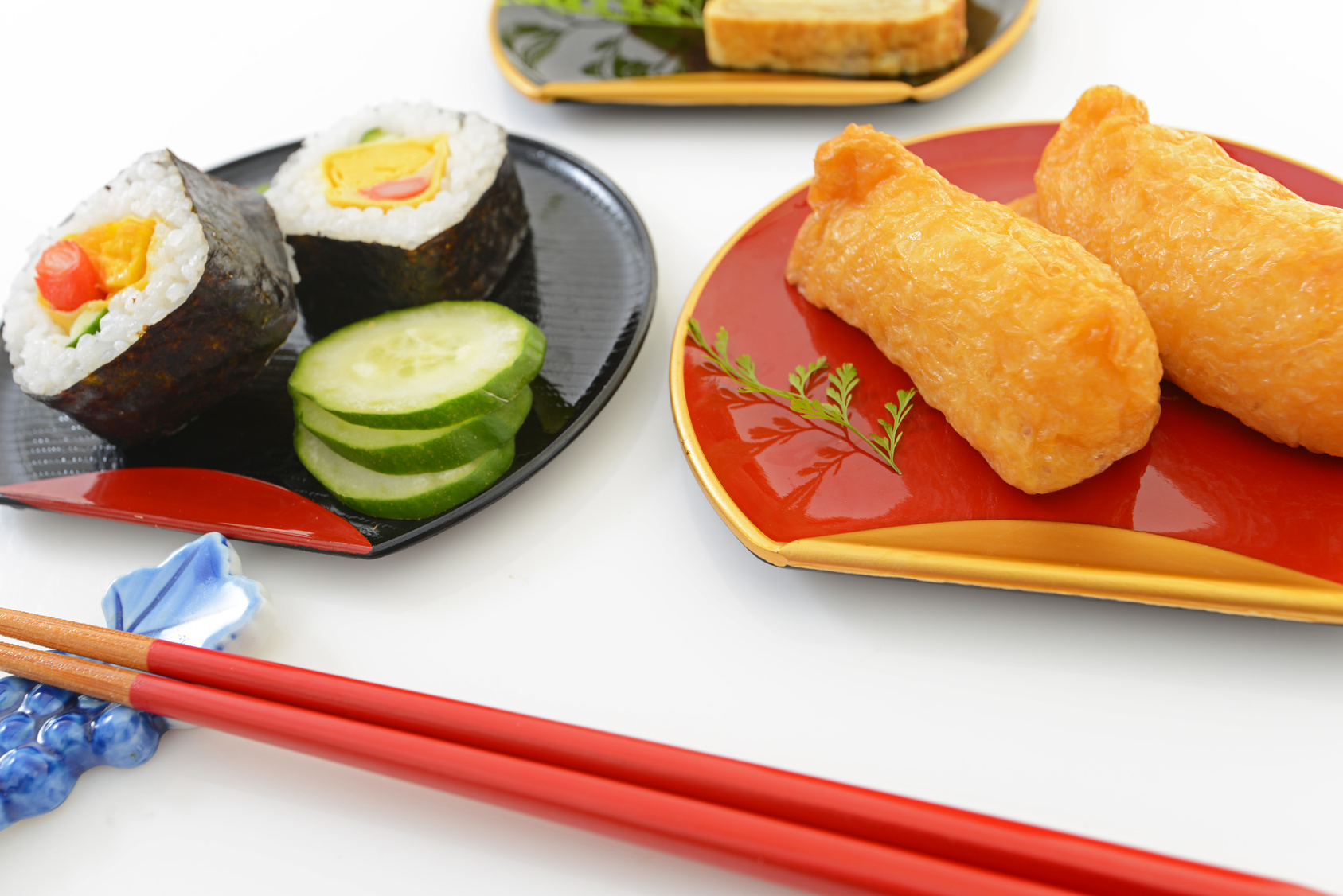
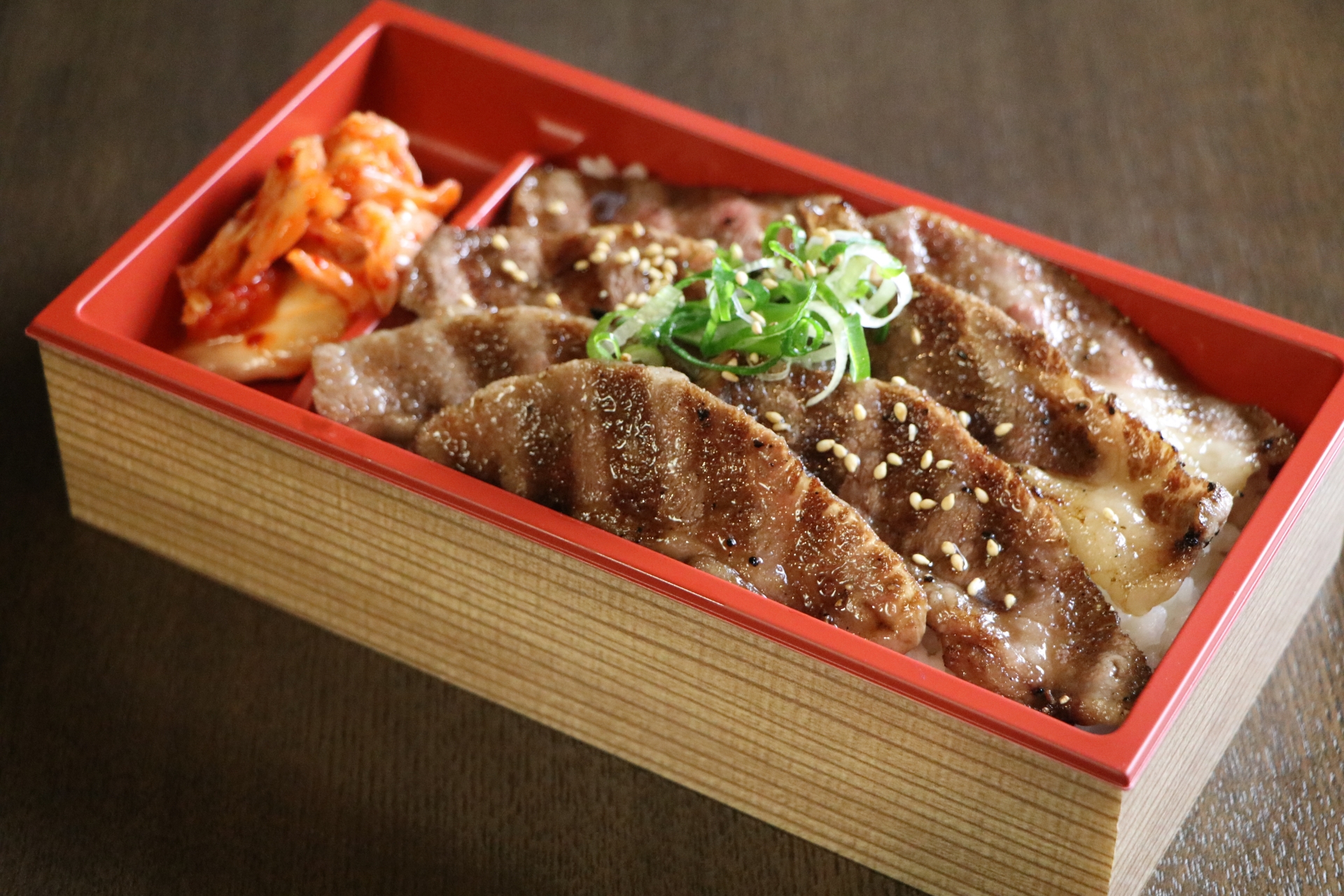
![[Bringing fresh cakes nationwide] How to dramatically increase profits at a pastry shop?](https://shunkashutou.com/wp-content/uploads/2024/09/661ea3ee6264fab6520017622c656870.webp)

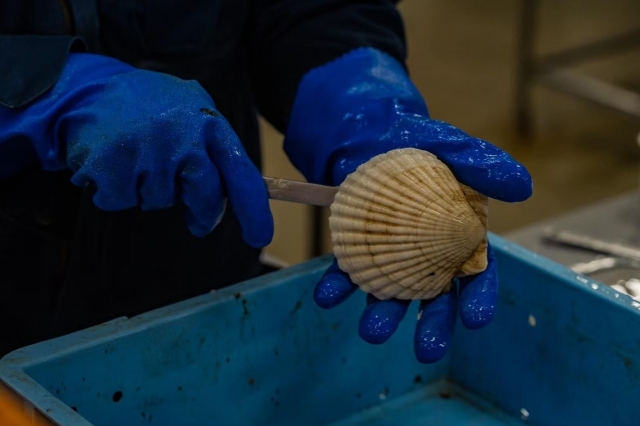
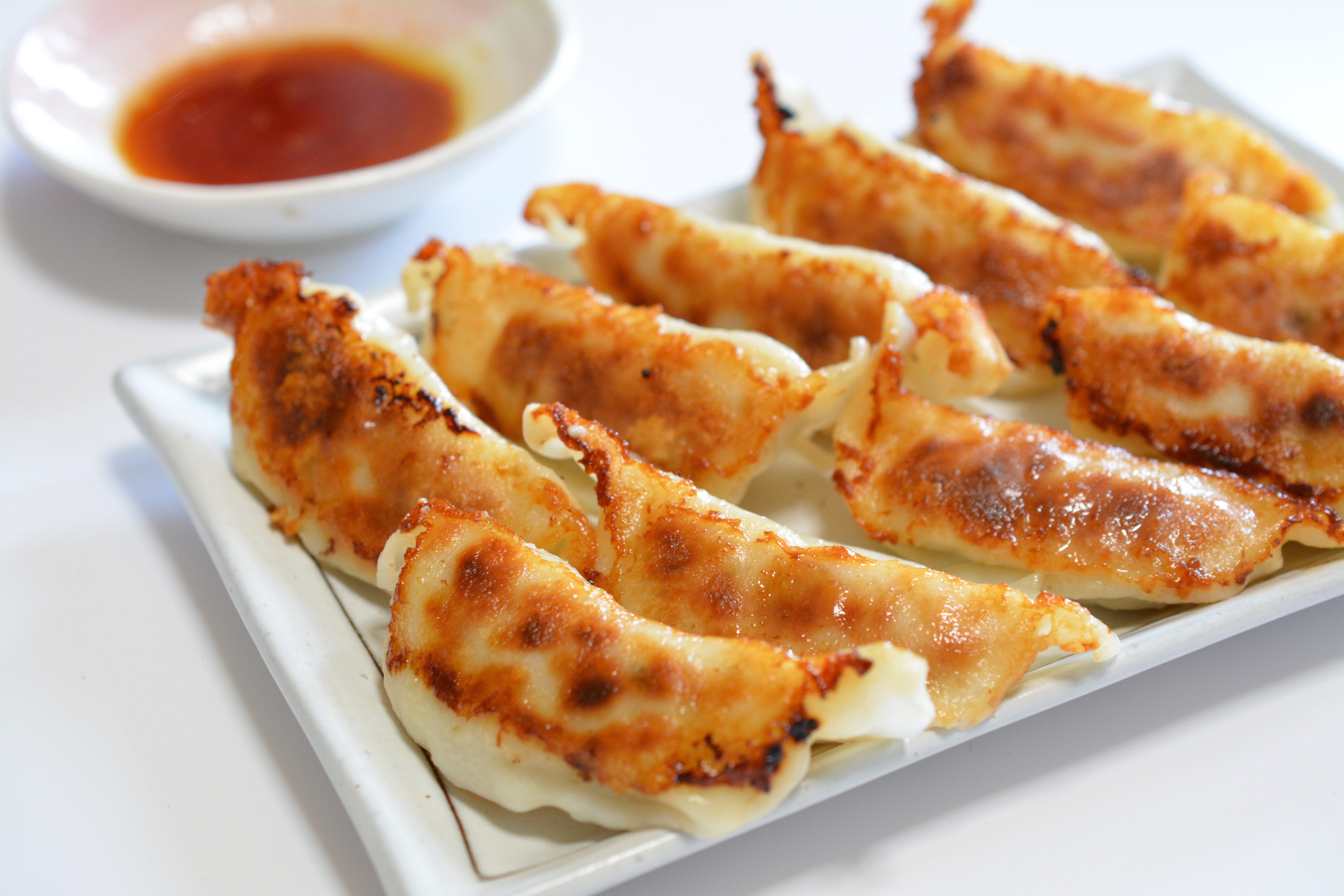
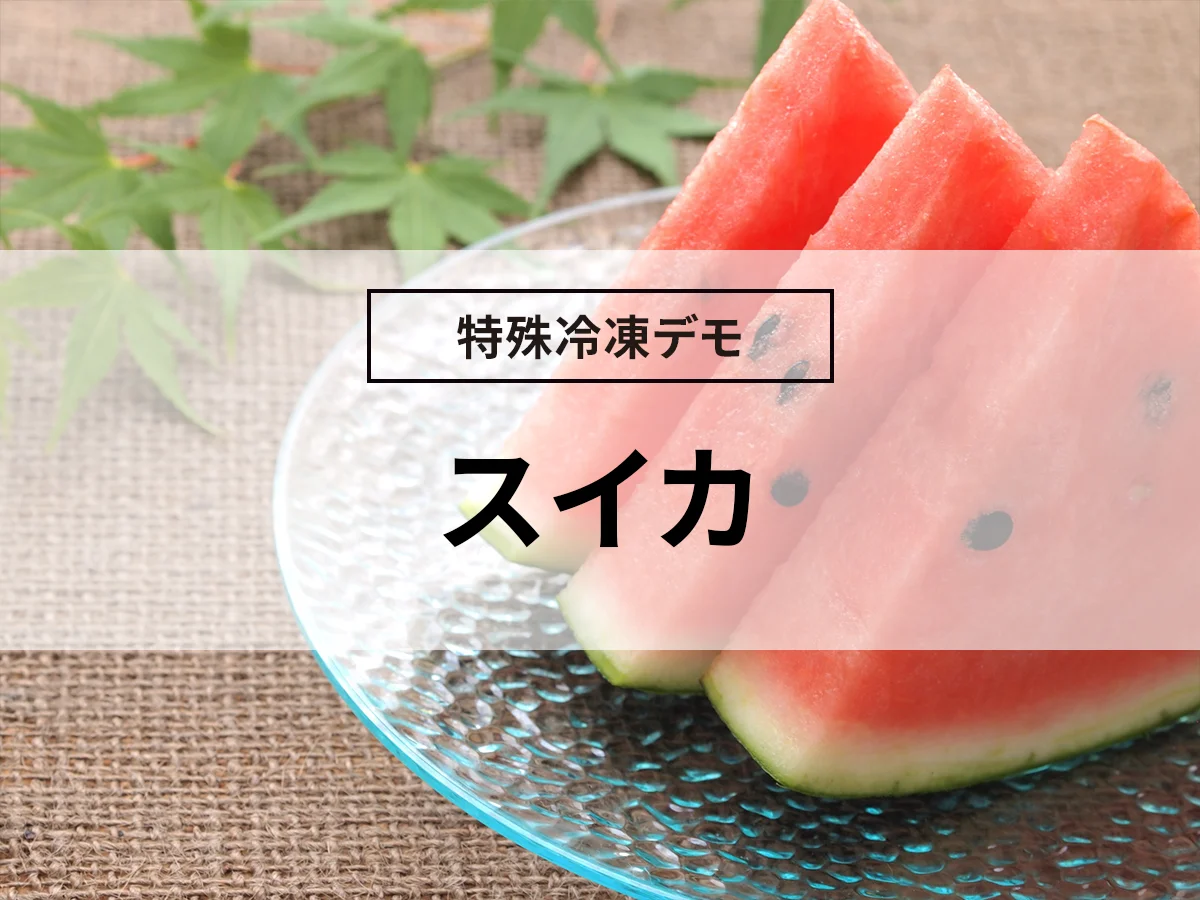
![[Increase sales! ] Three reasons why ramen restaurants should install rapid freezer](https://shunkashutou.com/wp-content/uploads/2024/08/deb66347f085932482279d9069d398c8.webp)
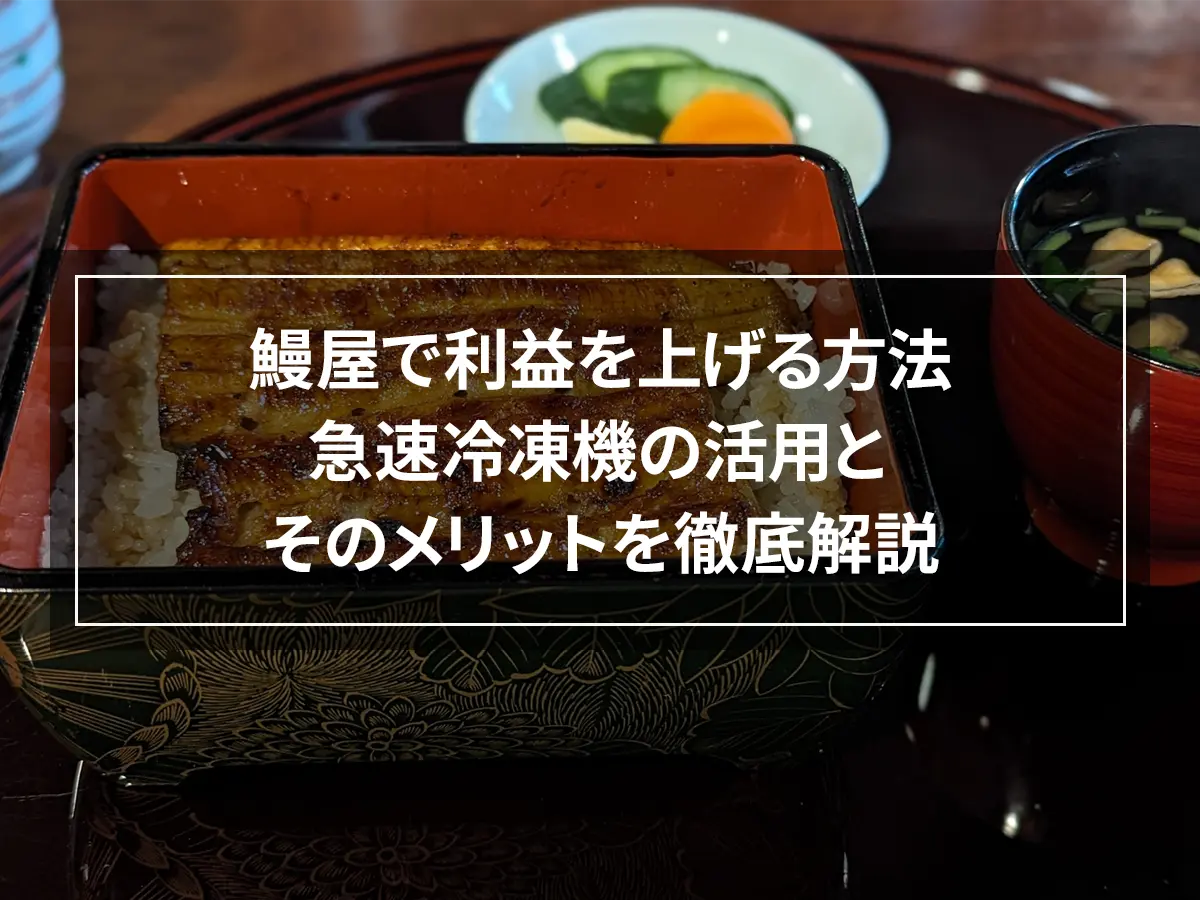
![[Introduced one after another in restaurants] Advantages of commercial rapid freezing! What about second hand ones?](https://shunkashutou.com/wp-content/uploads/2015/05/16920085ea8194572cc7c5babebedbe5_s.jpg)
![[Freezing Neapolitan] rapid freezing demonstration](https://shunkashutou.com/wp-content/uploads/2016/09/napolitan.jpg)
![[Freshly made raw soba all over the country! ] Example of introducing a quick freezer at a soba restaurant](https://shunkashutou.com/wp-content/uploads/2024/09/6d8138adcf26c410c11b25d5b8d2f3de.webp)



